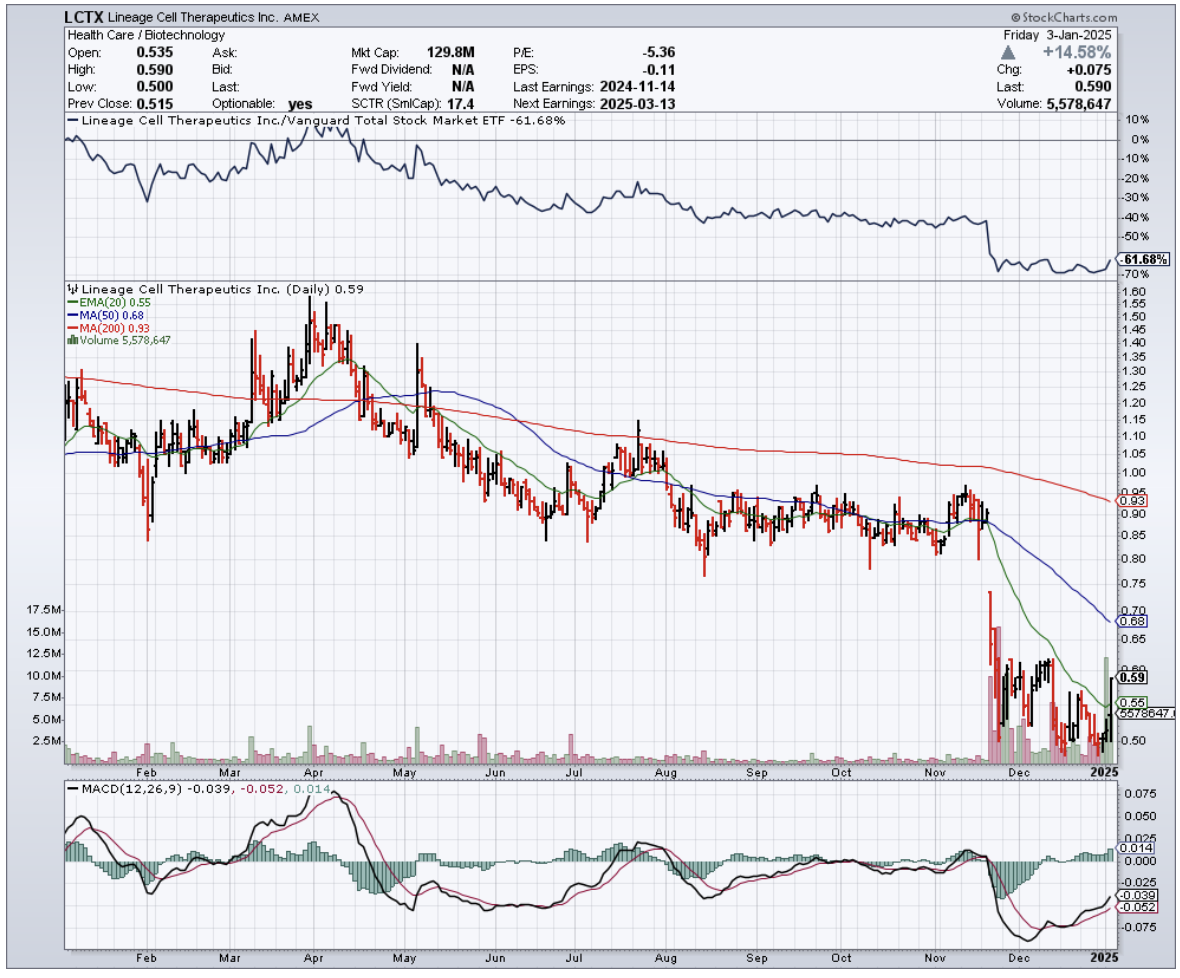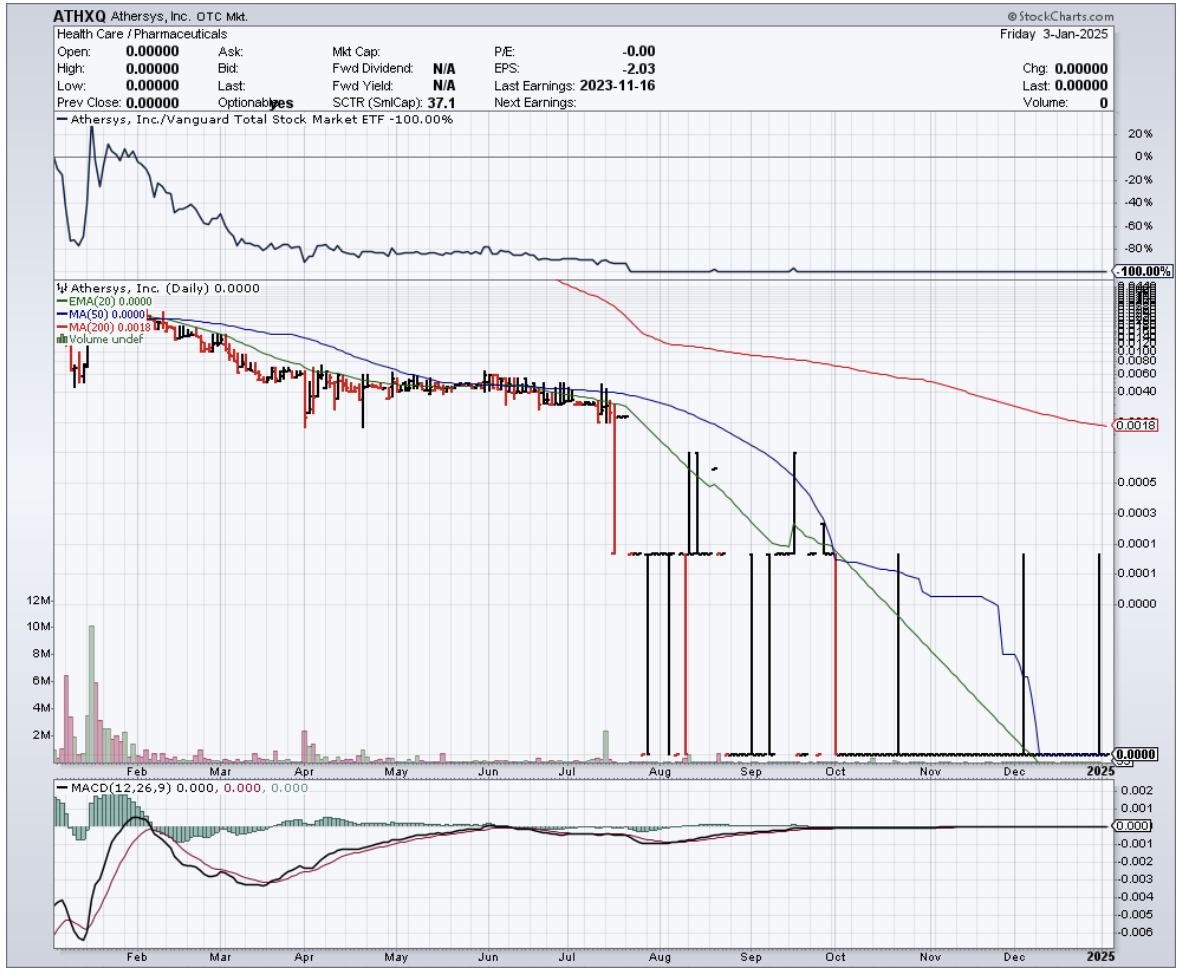If you'd told me a decade ago that I'd be writing about hundred-year-olds' blood cells holding the secret to eternal youth, I would've thought you'd been reading too much science fiction.
Yet here I am, staring at data from a revolutionary new stem cell bank that's making immortality hunters drool and investors' wallets itch.
But let’s ground this exciting idea in the real world for a moment.
Let me back up a bit. Last week, while having dinner with a biotech analyst friend – let's call her Sarah – she couldn't stop talking about a groundbreaking new collection of stem cells derived from centenarians.
These remarkable individuals have done more than just reach triple digits – they've managed to dodge the usual buffet of age-related diseases that claim most of us long before we hit 100. But what makes this discovery particularly intriguing for us is how it bridges cutting-edge science with immediate market potential.
"These people aren't just old," Sarah explained, jabbing her fork at me for emphasis, "they're biologically younger than their birth certificates suggest." The data backs her up – these super-agers are clocking in at an average of 6.55 years younger than their chronological age. It's like finding a 1960 Corvette with the engine of a 2017 model.
And this biological time warp isn't just a scientific curiosity – it's becoming a goldmine for biotechnology companies looking to unlock the secrets of healthy aging.
Scientists can now take these centenarians' blood cells and reprogram them into induced pluripotent stem cells (iPSCs), creating a renewable source of cellular youth. Think of it as cellular time travel – these cells can become virtually any type of cell in the body, from heart muscle to brain neurons.
This versatility is precisely why the global stem cell therapy market has swelled to $11.8 billion and is projected to reach $31 billion by 2032.
Still, the field isn't without its volatility – funding swings from $1.2 billion in late 2022 to $233 million in early 2023 show just how quickly investor sentiment can shift in this space.
The investment landscape here is particularly fascinating because it spans both established players and innovative upstarts. Lineage Cell Therapeutics (LCTX) is targeting neurodegenerative diseases with cell-based therapies, while Athersys (ATHXQ) pushes forward with its MultiStem technology.
These companies are betting big on cellular solutions to age-related diseases, though we should watch trial results as carefully as they monitor their retirement accounts.
What sets these centenarian-derived cells apart is their unique genetic profile. Their immune cells show shifts and genetic variants that seem to protect against diseases that usually send most of us to the great beyond decades earlier.
Some male centenarians even show mosaic loss of the Y chromosome – a genetic quirk that might contribute to their longevity. This isn't just fascinating biology. It's practically a roadmap for developing new therapeutics.
The real game-changer is how these cells can serve as "disease-in-a-dish" models. Want to study Alzheimer's? Transform these cells into neurons. Curious about heart disease? Make some cardiac cells.
This capability is revolutionizing drug development, allowing companies to test new treatments more efficiently and potentially reduce the astronomical costs of bringing new drugs to market.
For those eyeing this space, the demographic trends are compelling. The world's population isn't getting any younger, and healthcare systems are groaning under the weight of age-related diseases.
That means companies that can leverage these iPSC lines for drug screening or biomarker development might strike it rich before anyone finds the fountain of youth.
The open-source nature of this iPSC resource is accelerating progress across the entire field. Like the early days of Linux, it's not about one company holding all the cards, but rather a collaborative rush toward breakthroughs.
This shared knowledge base is already helping researchers validate findings and refine therapeutic strategies, potentially shortening the timeline from discovery to approved treatment.
Looking ahead, we're set to watch as cellular biology and big data converge in ways we never imagined. So, the question now isn't if this field will transform medicine, but when – and more importantly for us, who will lead the charge.
Just remember, in biotech as in life, patience isn't just a virtue – it's a necessity. These breakthroughs move at their own pace, usually somewhere between "glacial" and "watched pot never boils." But when they hit? Well, that's when fortunes are made and medical textbooks are rewritten.
Now, if you'll excuse me, I need to check on my portfolio of longevity stocks. After all, I'm planning to live long enough to see how this all plays out – and maybe even long enough to benefit from these breakthrough treatments myself.


